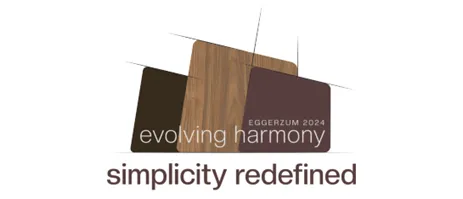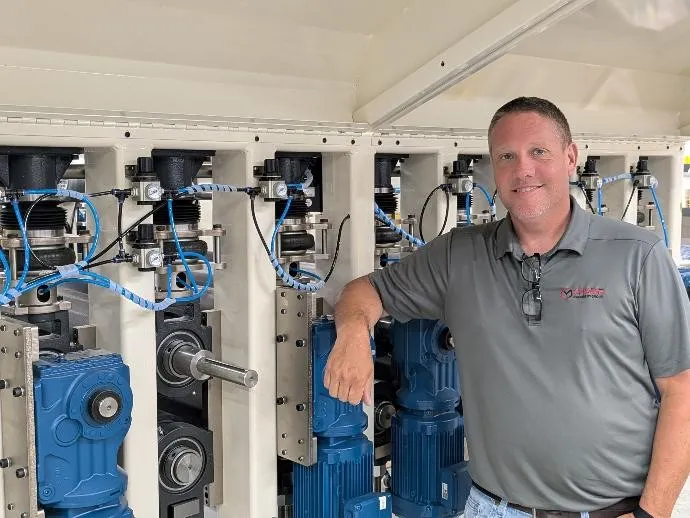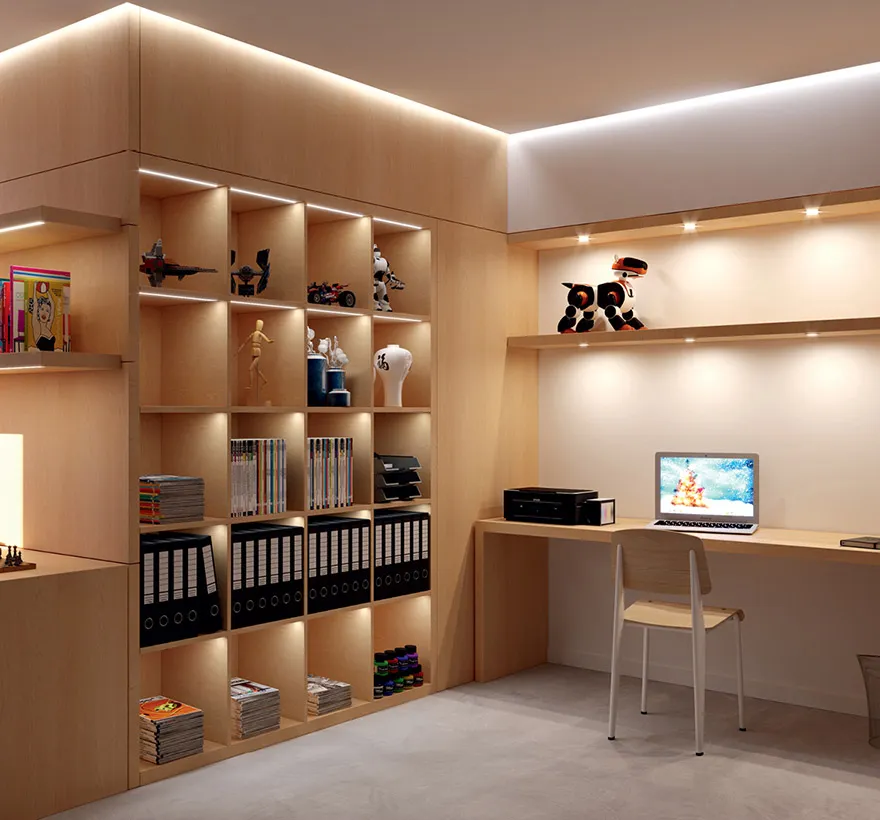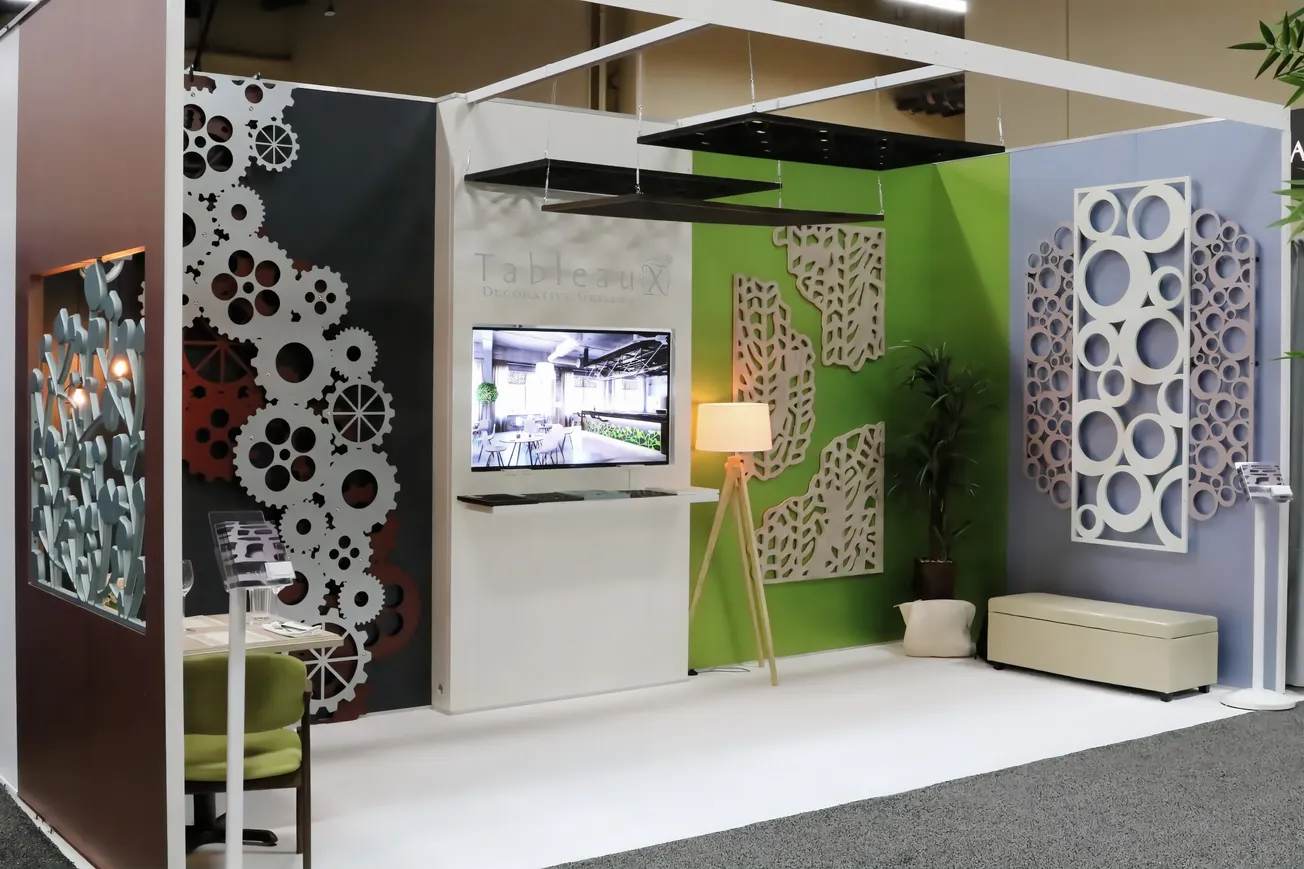Table of Contents
By Leah Wheeler
DIRTTbags … and proud of it
DIRTT may sound like a weird name for a building products company, but employees of DIRTT are proud of their moniker as DIRTTbags and their dedication to a company whose acronym stands for Doing It Right This Time.
 DIRTT is a leading technology-driven manufacturer of highly customized interiors that is bent on modernizing the multibillion-dollar construction industry. DIRTT employees are a passionate group who innovate new solutions to meet complex building challenges and client requests. To this end, Calgary-based DIRTT Environmental Solutions uses a lean approach to manufacturing and proprietary 3D software to design, manufacture and install fully customized prefab interiors for clients in the corporate, government, education and health care sectors.
DIRTT is a leading technology-driven manufacturer of highly customized interiors that is bent on modernizing the multibillion-dollar construction industry. DIRTT employees are a passionate group who innovate new solutions to meet complex building challenges and client requests. To this end, Calgary-based DIRTT Environmental Solutions uses a lean approach to manufacturing and proprietary 3D software to design, manufacture and install fully customized prefab interiors for clients in the corporate, government, education and health care sectors.
“We think it’s time for the construction industry to embrace technology and take a more sustainable approach to building,” said DIRTT CEO Mogens Smed. “Our interiors are parametric and built to order, completely custom. With the use of our ICE technology, we can create solutions for clients even when nothing of the sort has ever existed before.”
Integrated project delivery enabled by ICE
DIRTT’s patented ICE software integrates construction processes from design, specification, engineering and manufacturing through to delivery and installation. ICE’s 3D graphic interface enables clinical teams to plan and  visualize a new space right down to the smallest detail.
visualize a new space right down to the smallest detail.
ICE instantly translates a design into parts, pieces and connections so DIRTT’s manufacturing facilities can build and assemble components to exact specifications. Costs are calculated down to the penny, making budgeting and scheduling easier and more accurate. If changes are needed, ICE automatically revises every aspect of the model for precise manufacturing and pricing updates in real time.
DIRTT’s pre-engineered solutions arrive onsite fully formed and with all components that run through the wall cavity (medical piped gases, electrical, data and plumbing components) already in place. The materials are pre-sized and pre-finished so no drywall dust is generated onsite. With most of the “dirty work” occurring offsite, construction noise and disruption are minimized, and the length of time a space must be off-limits is substantially reduced.
 This integrated manufacturing approach delivers time and cost advantages throughout the project’s entire design-manufacturing-installation-maintenance life cycle. Rapid manufacturing lead times and leaner, cleaner, less disruptive installation processes enable clients to use their facilities and start generating revenue sooner. And with flexible manufactured construction methods, new innovations, technologies and equipment can be can be integrated into the built environment quickly and easily, with minimal facility downtime.
This integrated manufacturing approach delivers time and cost advantages throughout the project’s entire design-manufacturing-installation-maintenance life cycle. Rapid manufacturing lead times and leaner, cleaner, less disruptive installation processes enable clients to use their facilities and start generating revenue sooner. And with flexible manufactured construction methods, new innovations, technologies and equipment can be can be integrated into the built environment quickly and easily, with minimal facility downtime.
Patient-centered design
DIRTT’s holistic approach to construction allows planning teams to create environments that support healing and health by incorporating natural light, positive distraction imagery, appealing tonal aesthetics, ergonomic features and other touches that promote comfort and ensure well-being.
What’s more, DIRTT’s lean, clean, integrated approach to construction together with advanced surfacing materials and modern disinfection and prevention strategies can help reduce infection rates within the health care environment. Anti-bacterial finishes and anti-microbial fabrics applied to high-contact zones help prevent the spread of infections. Gasket details used to seal horizontal and vertical seams eliminate potential contamination sites, while consistent placement of equipment in each room and the ability to embed technology within vertical and horizontal surfaces reduces clutter and infection touch points, making cleaning and disinfection protocols easier to manage.
“A manufactured construction solution generally has much lower labor costs, allowing the client to choose higher-level finishes that will stay within their budget and will also perform so much better from a facility management standpoint,” said Kristin Moore, DIRTT’s director of health care.
The health care context
Used in combination with high-performance 3D laminate surfacing materials, such as OMNOVA’s surf(x) Laminates, the DIRTT fabrication system provides an ideal solution for designing and building health care facilities that are aesthetically pleasing for patients, ergonomic and functional for health care staff, and offer the durability and cleanability necessary to help combat pathogens.
Ohio-based OMNOVA Solutions is a leading supplier of decorative components and high-performance functional surfaces, and OMNOVA’s comprehensive laminate portfolio provides surfacing solutions for health care applications ranging from headwalls and cabinetry to work surfaces and over-the-bed tray tables. The company’s high-performing surf(x) 3D Laminate designed for horizontal surfaces is often used in conjunction with DIRTT technology to create health care environments with advanced physical, structural and aesthetic attributes.
Because surf(x) 3D Laminates can be membrane-pressed or vacuum-formed, the surfaces are seamless. With no T-molding, edgebanding or visible seams, contoured surfaces made with surf(x) 3D Laminate do not have seams where microbes, dust, and grime accumulate and grow.
“OMNOVA’s surfacing materials have been engineered for performance even in highly demanding settings,” said Nick Greco, OMNOVA’s global marketing manager. “surf(x) 3D Laminates have superior stain and abrasion resistance, which ensures longevity and provides a strong foundation for cleaning, helping to reduce transmission of HAIs [hospital associated infections]. The result is cleaner, safer, healthier and more aesthetically pleasing environment.”
OMNOVA’s 3D laminates also add three-dimensional design flexibility so that health care settings can be made more functional and ergonomic, with custom furniture and furnishings, such as cabinet doors and drawer fronts.
“With DIRTT’s technology and OMNOVA’s surfacing laminates, designers can create modern, up-to-date, hygienic care facilities for specific health patient populations, incorporating appropriate colors, patterns, fixtures and features,” Greco said.
The economics of health care are driving adoption
The Affordable Care Act and recent changes in federal health care reimbursement policies have prompted providers to reassess and, in many instances, revise their protocols, procedures and premises. A stringent program of frequent cleaning and disinfecting has been shown to reduce the risk of HAIs and prevent disease spread, and stronger cleaning and disinfecting chemicals as well as new cleaning protocols are being widely adopted.
High-performance laminate surfacing products, such as OMNOVA’s surf(x) and EFX 3D laminates, are engineered to be safely cleaned and disinfected repeatedly with standard cleaners and disinfectants without discoloring or damaging the finish when recommended cleaning instructions are followed. They require no special cleaners outside of those already being used in health care settings and prescribed for use by the CDC and the EPA.
“At OMNOVA, we are continually enhancing our product for better performance and to meet the needs of the rapidly evolving health care industry,” Greco said. “Our surf(x) Laminates stand up to cleaning and disinfection mishaps and even implementation of ‘outbreak scenario’ cleaning procedures. Furthermore, the dimensional flexibility of surf(x) 3D Laminates makes them ideally suited for the demands of health care environments.”
Achieving positive real-world outcomes for providers and patients
The health care delivery system’s emphasis on a pay-for-outcomes approach rewards health care providers that use methods and surfacing materials compatible with the health care environment. Providers can significantly improve their financial performance through favorable patient satisfaction survey scores, better HAI scores, improved return on investment for furniture and equipment, and compatibility with mandated cleaning practices.
A clean, appealing health care environment helps reinforce patient and staff confidence, comfort and satisfaction, characteristics that can significantly impact hospital reputations and financial reimbursement levels.
Advanced design and manufacturing technologies together with 3D laminated surfacing materials offer design flexibility, functionality and increased resistance to pathogens and HAIs. The benefits from these measures range from improving the cost-effectiveness of high-quality care to prolonging lives, and these are positive real-world outcomes for both providers and patients.
The Health Care Context
While health care settings are intended to be centers of rest and healing, they are also busy, fast-paced workplaces where patients’ needs for comfort and pleasing aesthetics must be balanced with requirements for safety, efficiency, durability and ability to withstand strong cleaning and disinfection agents.
To perform well in a health care setting, surfacing materials must have key physical and structural characteristics, including:
● Impermeability to create a barrier against seepage of potentially infectious fluids.
● Durability and resistance to scuffs, scratches, cracking and daily usage that can compromise the fluid barrier.
● Haptic quality, i.e., pleasant to the touch but with minimal or no texture.
● Tonal quality because surfacing color and pattern play an important role in reducing stress and anxiety and contribute to a healing environment. Color and pattern are often chosen with specific health care populations in mind.
● Cleanability and resistance to stains and marks. Surfaces should require minimal effort to cleanse and hold up to common hospital cleaning agents and techniques.
● Resistance to growth of bacteria, fungus, parasites, mold or mildew.
● Resistance to damage from disinfectants and compatible with a broad spectrum of disinfectants frequently used in health care settings.
● Resistance to discoloration, as discoloration is a sign that the material’s protective finish barrier has been breached, signaling the beginning of degradation.
The ICE VR Experience
The ICE VR Experience combines DIRTT's interior 3D design and specification software with Oculus Rift gaming goggles and Polhemus motion tracking sensors. Together, the technologies enable a designer, architect or builder to simulate the experience of being inside the virtual environment s/he is creating. 
Users can physically explore a virtual world, examining surroundings as if they were real. With skillfully placed physical props, the line between real life and virtual reality is further blurred: Users can walk into a hospital patient room, for example, and experience the space. They can physically sit on a bed — though all they see is the virtual version.
"ICE VR demonstrates how we're always working to achieve the next level of what's possible," said Barrie Loberg, chief technology officer and co-founder of DIRTT and ICE software.
The patented video game experience together with DIRTT’s patented ICE software give clients a realistic depiction of their project even while it is on the drawing board and enables clinical teams to imagine and plan new spaces right down to the smallest details.
The ICE VR Experience is available at DIRTT's headquarters in Calgary, Alberta, Canada, and the team is working to make it available in U.S. locations once Oculus is released to the public.
Captions:
3 DIRTT’s holistic approach to construction allows planning teams to create environments that support healing and health by incorporating natural light, positive distraction imagery, appealing
tonal aesthetics, ergonomic features and other touches that promote comfort and ensure well-being.
4 The Enzo Reveal is a slimmer connection point between elements that acts as a responsive support mechanism for furniture, fixtures and equipment to bring them up off the floor. What does this mean for health care? A cleaner and more permanent look that reduces the spaces where bacteria can hide and makes cleaning easier.
7 / 8 The ICE VR experience is a simulation that allows planners and designers to experience their creations in 3D prior to building out the spaces.






